Access Management solutions ensure that only authorized individuals can access specific resources and data within an organization. These tools are essential for maintaining security and compliance by managing permissions and authentication processes effectively.
Access Management solutions provide comprehensive control over who can access organizational systems, applications, and data. Users appreciate that these solutions offer robust authentication methods, including multi-factor authentication, single sign-on, and adaptive authentication. These tools are essential for organizations looking to safeguard their digital resources and ensure that only properly authenticated users have access to sensitive information.
What critical features should you look for?In industries such as healthcare, Access Management ensures secure patient data access. In finance, it helps protect sensitive financial information from unauthorized viewing. Educational institutions use these solutions to restrict access to student records and educational materials.
Access Management is helpful for organizations to secure critical data, streamline access control processes, and ensure regulatory compliance. It supports an organization’s efforts to protect sensitive information while providing authorized personnel with the appropriate level of access required for their tasks.


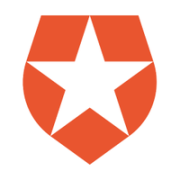
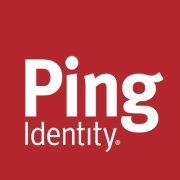
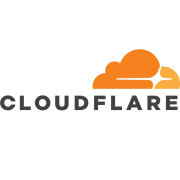
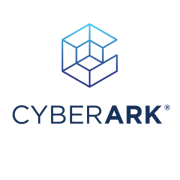

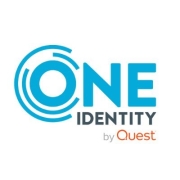











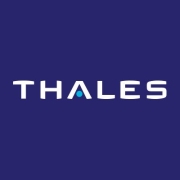

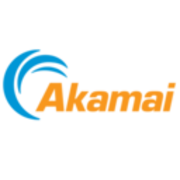

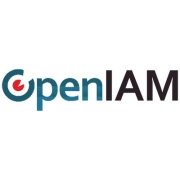


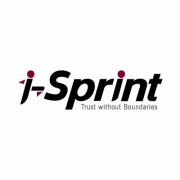
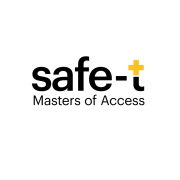

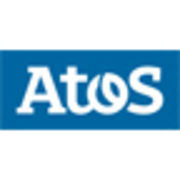
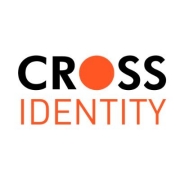
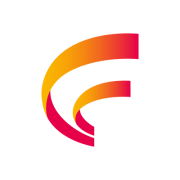
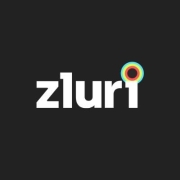
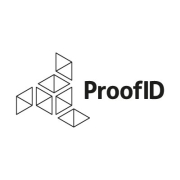

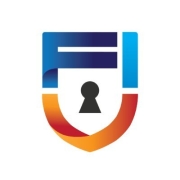

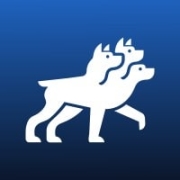








Access management, or IAM, comprises the systems and procedures that allow IT administrators to designate a digital identity for each individual, authenticate them when they log in, authorize them to access specific resources, and monitor and manage those identities throughout their lifecycle.
It is important to avoid granting users excess access privileges. Typically, this involves offering all users the lowest level of access possible while still allowing them to perform their roles.
There are several areas that fall under the category of access management:
Access management is the most effective security practice that protects organizations and data against threats; organizations that use identity and access management solutions report a reduction of unauthorized access incidents. Implementing appropriate access management reinforces an organization’s risk management and security posture.
Access management security ensures that users have the right access privileges required for their job. Without it, approvals for access requests, frequent changes in user roles and departments, and the lack of suitable processes for access put the organization at risk of insider threats and increase the chances of data leakage.
By leveraging access management programs to automate and streamline access management, organizations can boost operational efficiencies.
Access management systems are used to manage and monitor user access authorization and access to data, systems, and applications to help protect organizations from data loss and security breaches.
Security access management systems are designed to automate and simplify the process of assigning and managing numerous access settings. Automated software helps guarantee that users have the correct authorization levels and only have access to the resources they need.
Regulatory compliance and industry mandates have become increasingly stringent and more complex in recent years. Access management solutions that automate data collection, reporting, and access enable companies to limit access to only those individuals who need it and be more compliant to industry standards. By leveraging strategic security policies, organizations can ensure data is strictly controlled while meeting ongoing compliance requirements.
Key benefits of using access management systems include:
Features to look for in an access management system include:
User provisioning refers to the creation, management, and deactivation of user accounts within an organization's IT environment. This process ensures users have the access they need when they need it, vouching for business efficiency as it reduces time wasted on access-related issues.
During the user provisioning phase, IT administrators assign application access, data permissions, and hardware resources based on an individual's role and requirements within the company. This not only simplifies the process of onboarding new members but also ensures all necessary resources are allocated in a controlled and secure manner.
Upon an organizational change, such as a role switch or termination of a contract, the process of user deprovisioning comes into play. A thorough and efficient deprovisioning process revokes access rights and safeguards secure data. Failure to properly deprovision users can result in unauthorized database access, adoption of orphan accounts, and potential data breaches.
The automating user provisioning and deprovisioning process through access management software greatly decreases the chance of human error and the risk of security breaches, thus strengthening an organization's security posture significantly.
As part of a strategy for secure access, enterprises must realize the importance of robust processes for user provisioning and deprovisioning. Access management software optimizes the management of user identities and their respective access rights, directly impacting the organization's security and productivity levels.